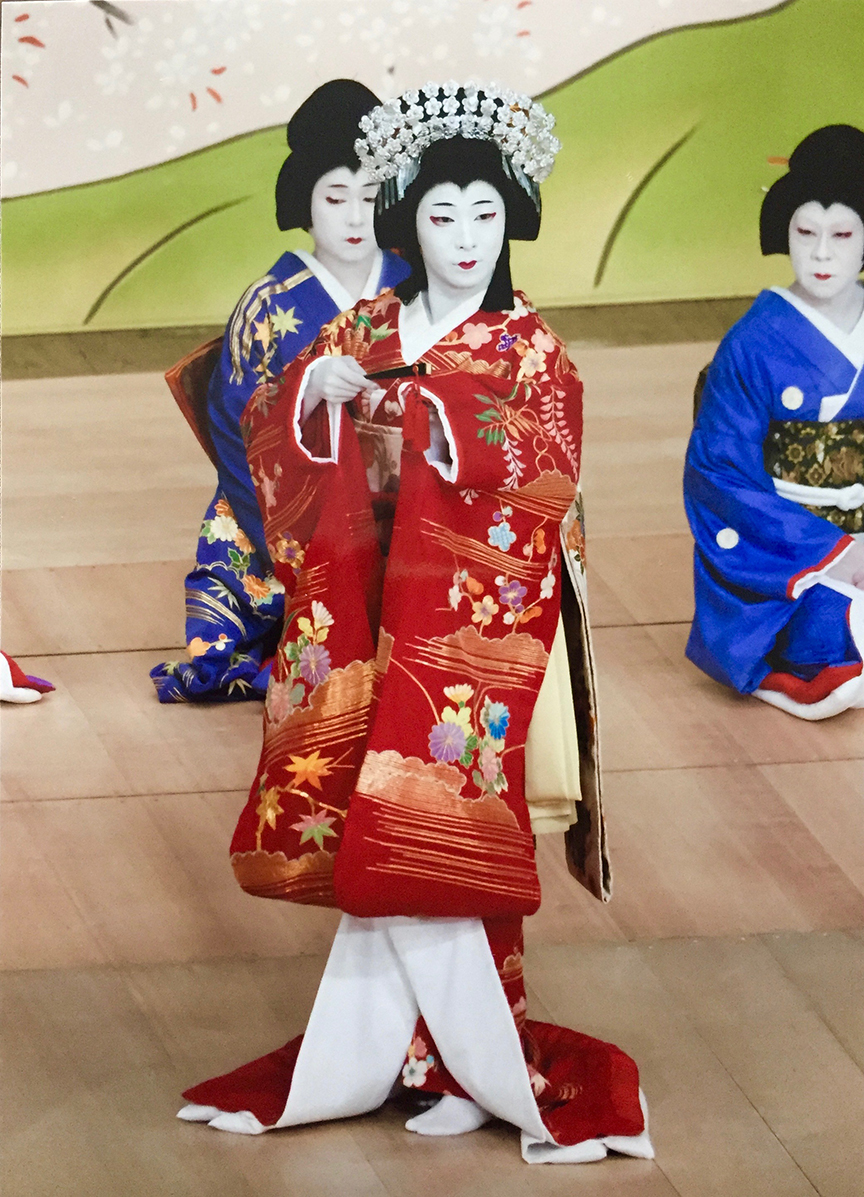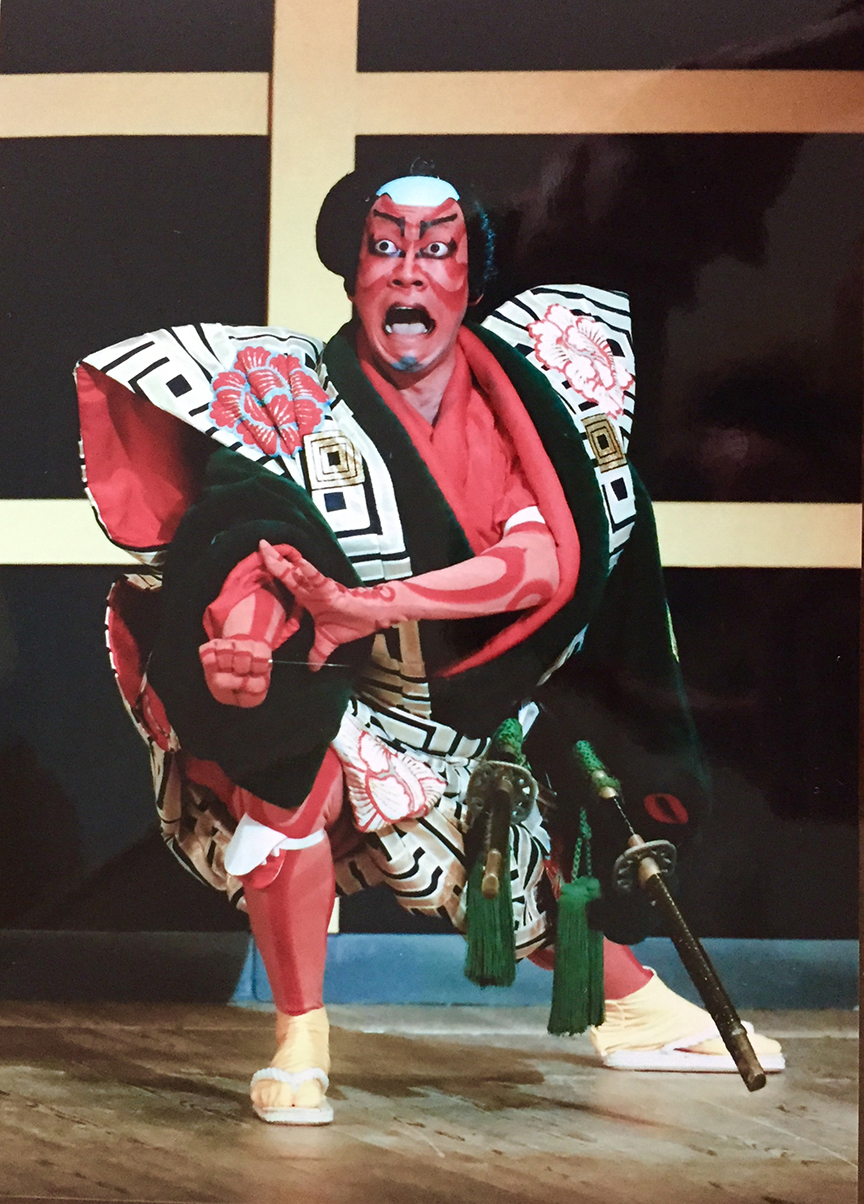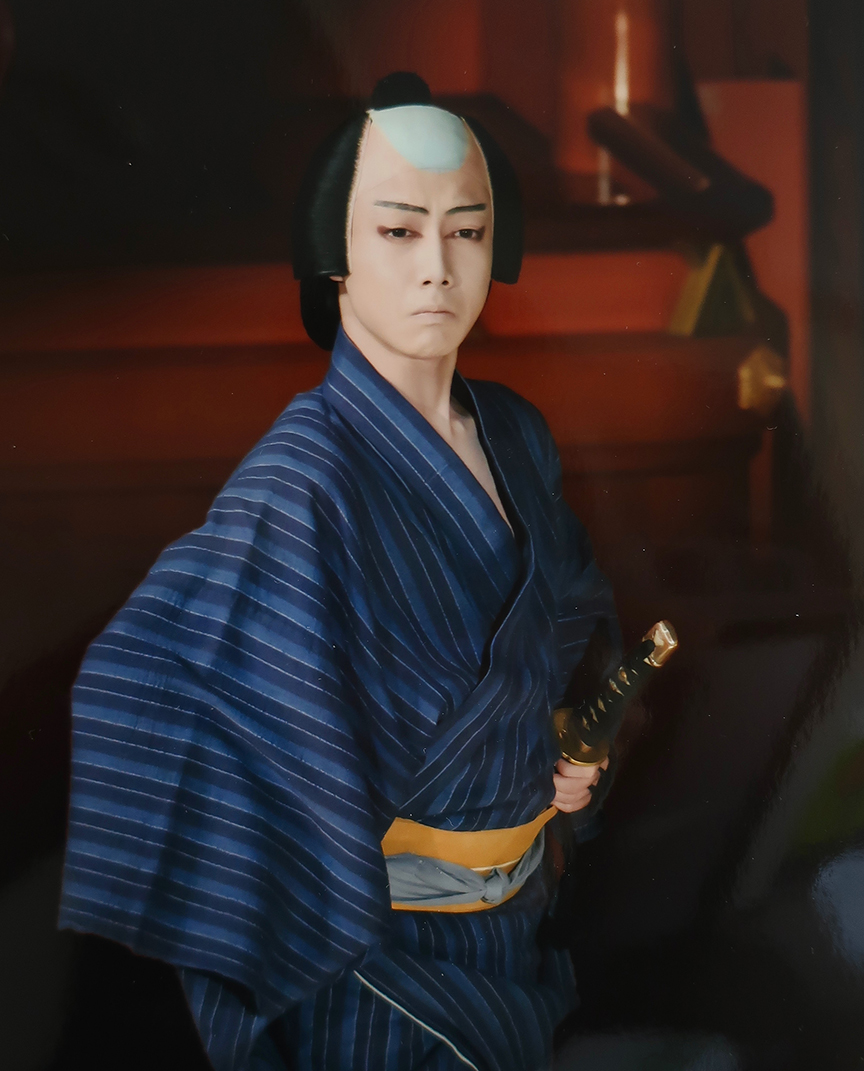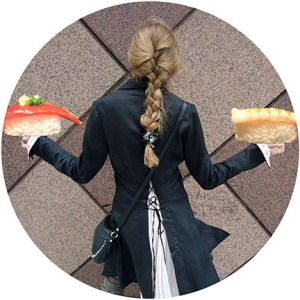I know. You think you’re not interested in this fusty old super-Japanese form of entertainment. But you’d be wrong. Here’s why.
#1
The actors who play the women’s roles do it so well, you forget they’re men

Seriously. If you aren’t looking for evidence that they’re not actually female, nothing in their walk, body language, or expressions will give it away. The actors who specialize in women’s roles (onnagata) are no longer required to live as women when offstage, but they inhabit the female roles they portray so completely, you quickly suspend belief and get swept away by the story, instead of marveling at how a man can transform himself so completely.
#2
The costumes are to die for

There’s a reason that the textile collections at Japanese museums are stuffed with wardrobe items from Japanese theater: they’re spectacular examples of how gorgeous Japanese clothing and armor can be.
#3
Boggling special effects on stage, with no modern technology

Characters magically appear and disappear, fires rage, ghosts apparate, and it’s all done with mechanical sleight of hand, with not a digital file in sight. The kabuki stage is twice as wide as a Western one, with a huge turntable set into the middle. It’s designed so that scene changes can be rotated into place, but it can also be used hellishly cleverly, like in the scene I once saw, where the characters are supposed to be walking through Japan for two years. The pair of actors walked along at the front of the turntable, discussing the revenge they were seeking, but it was turning in the opposite direction as they walked, so they stayed front and center. Meanwhile, the parade of warriors, priests, animals, and other travelers who passed them on the road for two years walked in the other direction, seeming to speed by twice as fast. It was the most brilliant stage depiction of the passage of time and distance I’ve ever seen.
#4
It’s SO different from Western theater, you’ll be talking about it long after the curtain goes down

And it’s not just the make-up (of which there are actually two styles – the more natural-looking whiteface and this “robust” style that exaggerates the personalities of the characters). Japanese kabuki plays are “presentational” rather than “representational.” What that means is that they don’t ask you to immerse yourself in the play to the point where you forget it’s not really happening. Instead the story unfolds as a gorgeous parade of scenes, and because most of the plots are well-known favorites (think Romeo and Juliet), it’s how the actors inhabit the characters and stage the action in new and satisfying ways that’s riveting and beautiful.
#5
You don’t need to speak Japanese to laugh at the funny parts and cry at the sad ones

The stories and performers are that good.
And finally…
Two words: English simulcast earphones
For about ten bucks, you can rent earphones with a truly excellent simulcast of the dialogue and action in English. Not only do they translate what the actors are saying, they clue you in on stuff like, “that flute is playing because someone is about to die.” They’re so helpful that most of my Japanese friends rent the English earphones too, because they’re more fluent in English than the secret cues of kabuki theater.
Have I convinced you yet?
If not: two more things.
1: You don’t have to commit your time – or your wallet – to an entire three-act show. There are a couple of other options, described here.
2: You’ll never have a chance to see this anywhere but Japan, so this is your big chance. You can’t take pictures of the performance* (so no Insta value), but I guarantee it’s one of the things you’ll tell people about when you get back home.
For detailed info on how to get tickets and what to do when you get to the theatre – Kabuki: How to get tickets and see a performance
And here’s the English version of the Kabuki-za theatre website, with links to the current program, seating chart, ticket page and all other info you might need
*The photos I used here were bought at the gift shop, because it’s forbidden to take pictures of the live performance.
Get more Japanese goodness straight from the source!
Subscribe to my monthly Japanagram e-magazine・° ♪・☆ It’s free!
Japanese Home Cooking recipes • Beyond Tokyo travel destinations • Seasonal Secret shopping & events • The Thing I Learned Today • Why, Japan, Why? • Monthly book or J-swag giveaway
•

Jonelle Patrick writes novels set in Japan, produces the monthly e-magazine Japanagram, and blogs at Only In Japan and The Tokyo Guide I Wish I’d Had


